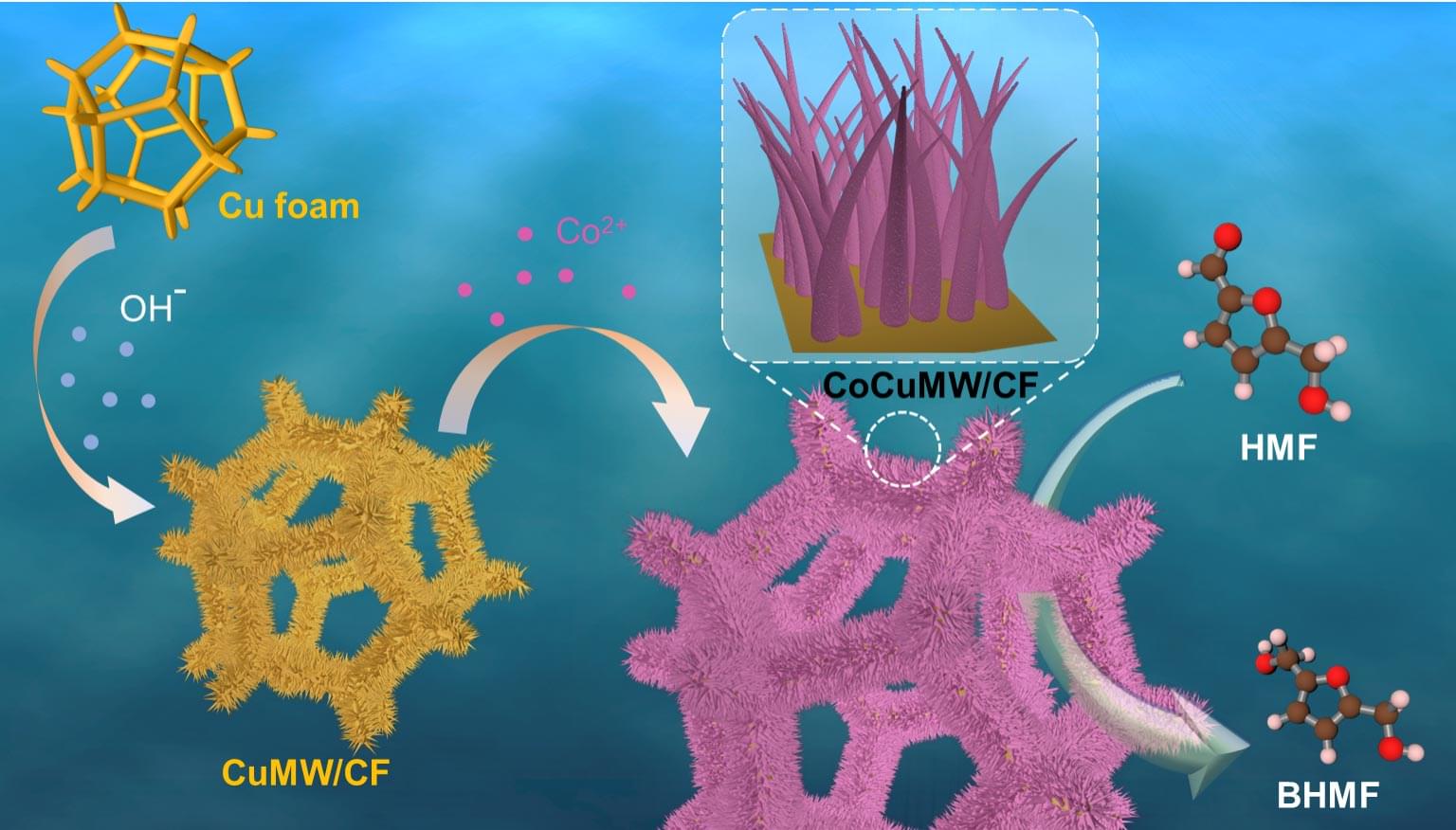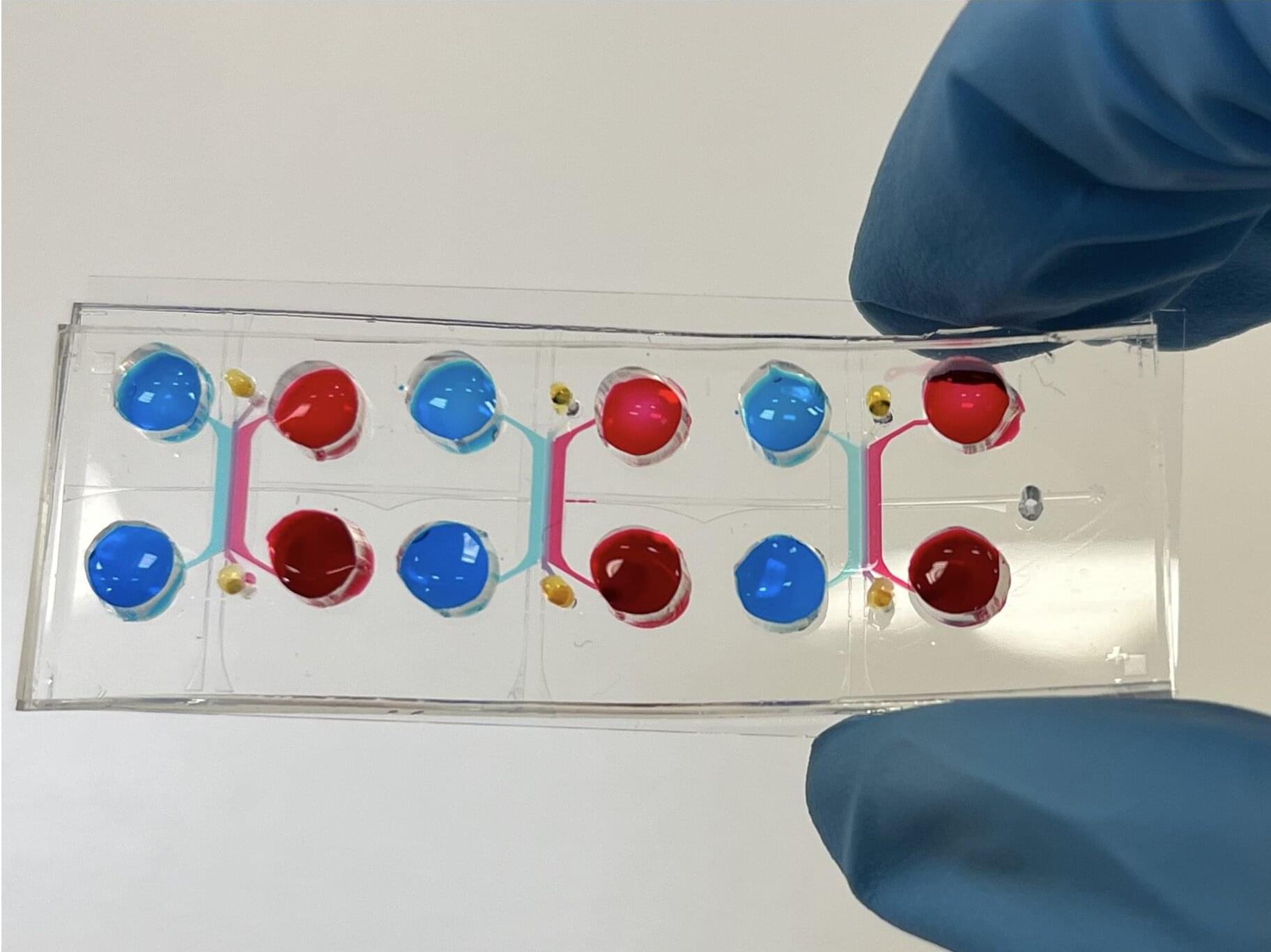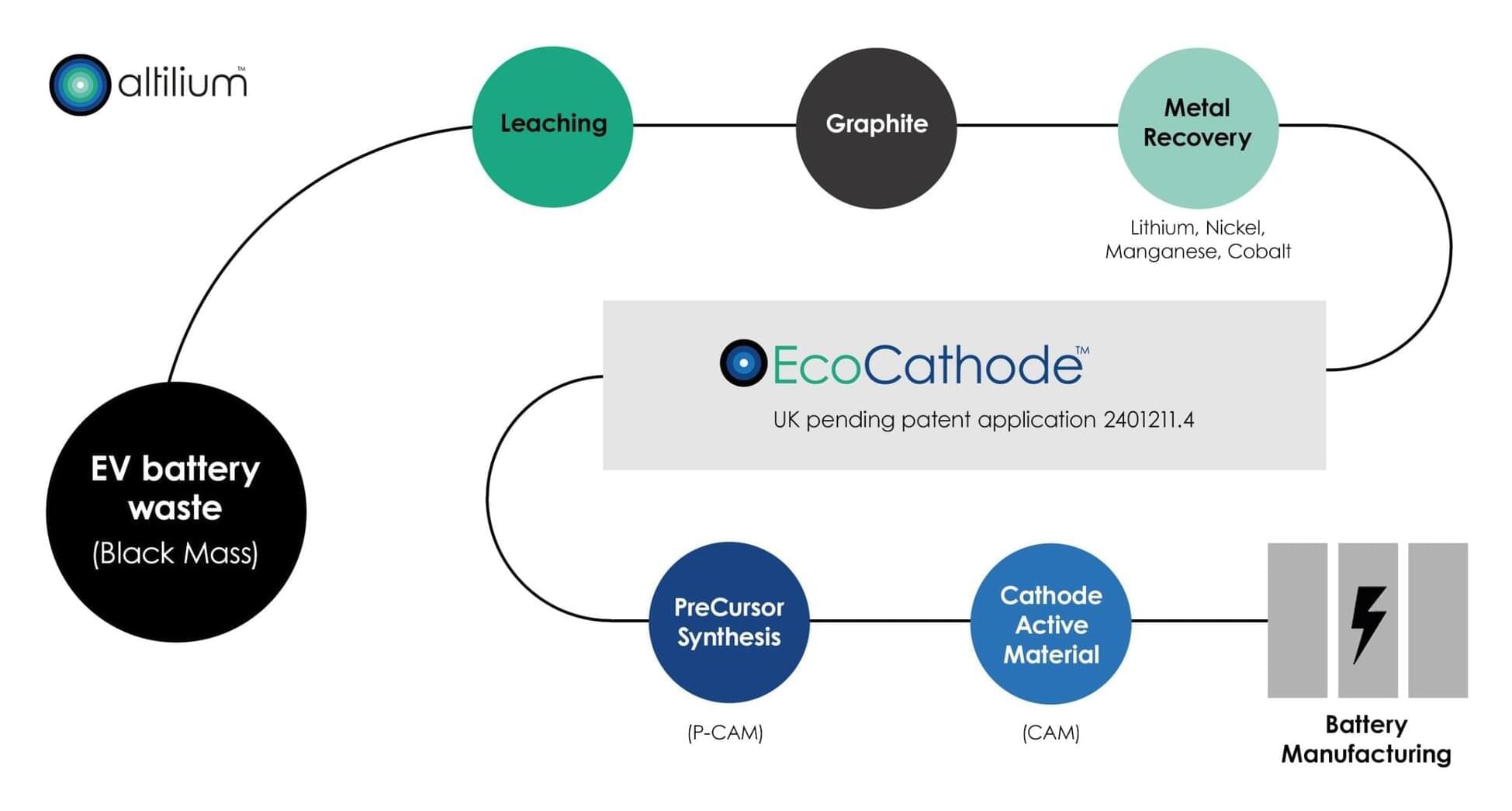Researchers from the National University of Singapore (NUS) and University of New South Wales (UNSW) Sydney have proven that a spinning atomic nucleus really is fundamentally a quantum resource. The teams were led respectively by Professor Valerio Scarani, from NUS Department of Physics, and Scientia Professor Andrea Morello from UNSW Engineering. The paper was published in the journal Newton on 14 February 2025.
It has long been inferred that tiny particles such as electrons or protons are indeed quantum due to the way they get deflected in a magnetic field. However, when left to spin freely, they appear to behave in exactly the same way as a classical spinning item, such as a Wheel of Fortune turning on its axis. For more than half a century, experts in spin resonance have taken this fact as a universal truth.
For the same reason, a technician or a doctor operating a magnetic resonance imaging (MRI) machine at the hospital never needed to understand quantum mechanics—the spinning of the protons inside the patient’s body produces the same kind of magnetic field that would be created by attaching a fridge magnet to a spinning wheel.









